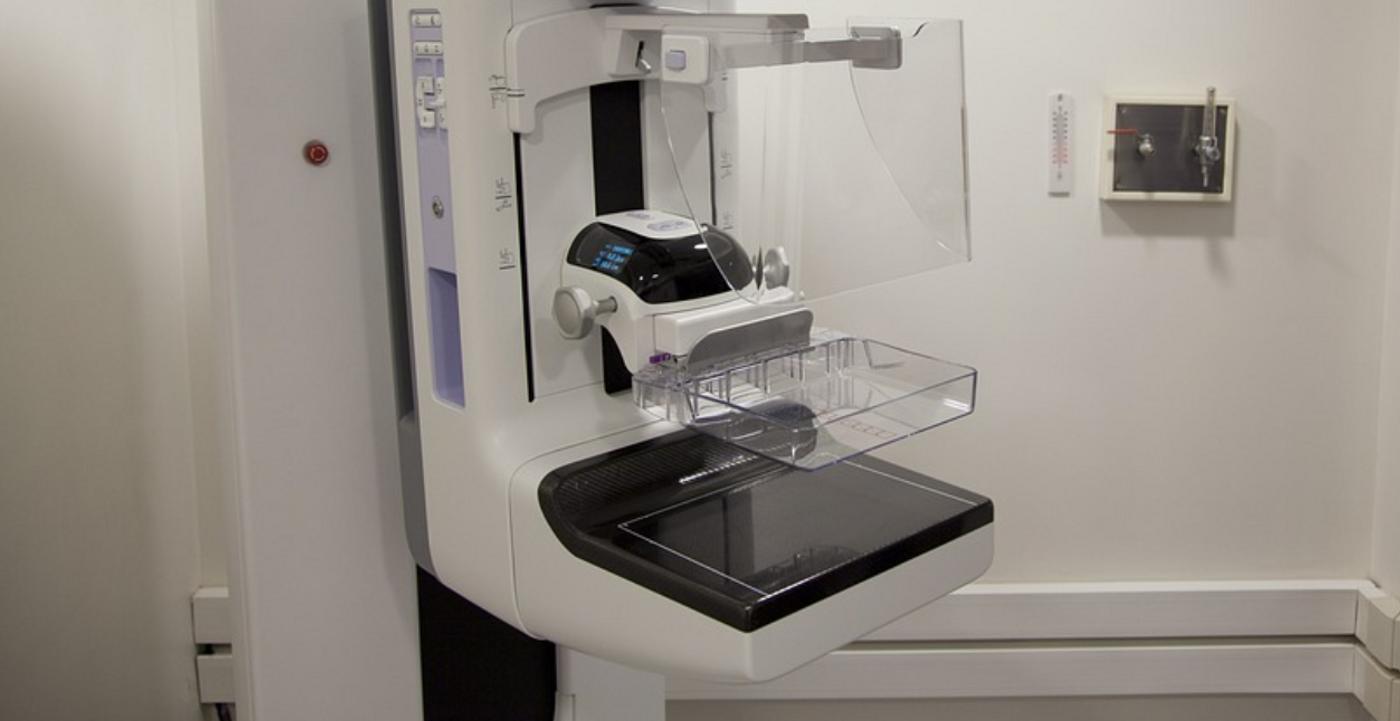How Beneficial are Additional Breast Cancer Screens?
When women have denser breasts than average, they may undergo mammograms to screen for breast cancer and be given a clean bill of health only to find out later that they have breast cancer. When breasts carry a higher proportion of fibrous tissue than fat, a mammogram can have difficulty identifying breast cancer. This led many states and eventually Congress to pass laws requiring health care providers to notify women when dense breasts are detected. Women who have dense breasts can then opt to undergo additional screening if they prefer.
A study reported in the journal Cancer has now examined the impact of additional screening to see how much it has benefited or harmed women in recent years.
Ultrasounds can be used as a supplemental screening tool for breast cancer when mammograms may fail. This tool can lead to unnecessary and invasive biopsies, and stress for patients, however. Clinicians and researchers have noted that supplemental ultrasounds should only be used when there is a high risk that a mammography screen will fail to detect malignancy in a patient who is developing breast cancer.
In this study, the researchers assessed the outcomes of 825,360 screening mammograms without supplemental ultrasounds and 38,166 supplemental ultrasounds that were performed from 2014 to 2020 at 32 different facilities in the United States that were part of the Breast Cancer Surveillance Consortium. This work revealed that 95.3 percent of supplemental ultrasounds that were done had been used on women with dense breasts, while 41.8 percent of mammograms without additional screening were performed on women with dense breasts.
The study found that ultrasound screening was used almost exclusively on women with dense breasts. However, mammography was likely to fail in a much smaller proportion of those women, and it was similar to the proportion of women who did not have additional imaging done. About 23.7 percent of women who had the additional ultrasound screening also had a high risk of interval invasive breast cancer, while 18.5 percent of women who had mammograms but no additional screening had a high risk of internal invasive breast cancer.
Thus, the study has indicated that ultrasound screening is not usually targeted to women with dense breasts who also are at high risk of mammography failure. The risk profiles of women who undergo a mammogram plus an ultrasound are similar to those who only have a mammogram, noted corresponding study author Brian Sprague, Ph.D., of the University of Vermont Cancer Center.
"In other words, many women at low risk of breast cancer despite having dense breasts underwent ultrasound screening, while many other women at high risk of breast cancer underwent mammography alone with no supplemental screening," said Sprague.
Breast density is not the only factor that can identify patients who should have an ultrasound in addition to a mammogram. Risk calculators that take things like age and family history into account are available for patients and clinicians from the Breast Cancer Surveillance Consortium.
This study came to a similar conclusion as one published in the Journal of Internal Medicine in 2019, which showed that supplemental tests for breast cancer did not always lead to better outcomes for patients.
Sources: Wiley via Eurekalert, Cancer









